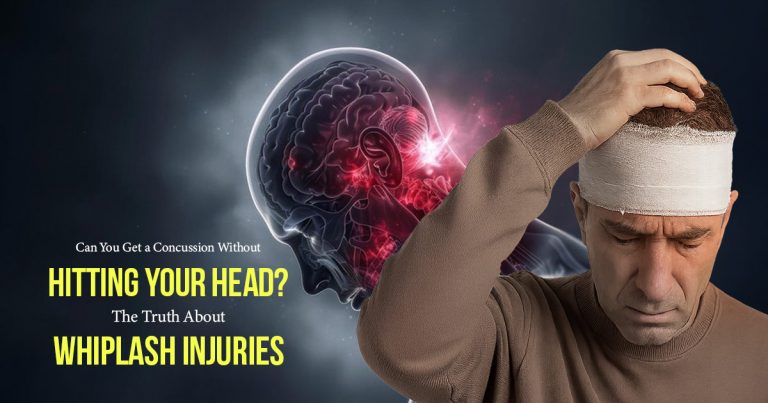Featured Articles
Lip Tattoo Guide: Aftercare Procedures & How Long Healing Takes
Tattoos have long been a form of self-expression, a way to adorn our bodies with meaningful symbols or beautiful artwork. While traditional tattoo placements like arms, legs, or backs are…
Understanding Marriage Counseling Cost: What You Need to Know
Marriage counseling is a way for couples to improve their relationship. It can help any couple who wants to make…
ChatGPT and Excel: Can AI Transform Your Data Analysis?
Today, analyzing and reading data is critical for making intelligent choices in a variety of fields. Excel is a popular…
Minimizing Infection Risk When Providing First Aid: Best Practices & Precautions
Learning first aid is something everyone should know. It’s a skill that can save lives when accidents or emergencies happen.…
Popular Articles
Glasses vs. Contacts Prescriptions: What’s the Real Difference?
If you wear glasses or contacts (or both!), you’ve probably wondered, “Are they the same thing?” It’s a common question,…
Discover How Content Marketing is Redefining SEO Success
Gone are the days when SEO was all about stuffing keywords into web pages or tweaking meta tags to climb…
Can You Get a Concussion Without Hitting Your Head? The Truth About Whiplash Injuries
When you think of a concussion, you might imagine a football player tackled hard or someone hitting their head during…
Why You’re Not Losing Weight on Keto and How to Fix It
You’re cutting carbs, loading up on fats, and maybe even testing your ketones. But the scale? It’s stuck. If you’re…
Alcohol and Gout: 10 Drinks to Avoid with Gout
If you’ve ever had a gout flare after a few drinks, you’re not imagining things. Alcohol and gout have a…
15 Natural Ways to Get Silky Hair Without Salon Treatments
If you’re wondering how to get silky hair without spending money on fancy salon treatments or chemical-laced products, you’re in…










